- Email: wasidental@yahoo.com
- Shop no 2-3 Aggarwal Plaza RajNagar
- Call: +91 9990381143
Botox and fillers
What is Botox and fillers?
Botox and fillers are two popular non-surgical cosmetic treatments designed to enhance facial aesthetics by reducing signs of aging and restoring youthful volume. Though both are injectable treatments, they work differently and target distinct concerns.
Botox
Botox is a purified form of botulinum toxin that temporarily relaxes specific facial muscles, reducing the appearance of fine lines and wrinkles. By blocking nerve signals to the targeted muscles, Botox prevents them from contracting, which smooths out dynamic wrinkles formed from repetitive facial expressions, like frown lines, crow's feet, and forehead lines.
The effects of Botox typically last between three to six months, after which the treatment can be repeated. Botox injections are relatively quick, usually taking just 10-15 minutes, with minimal downtime. It’s commonly used for both cosmetic and medical purposes, such as treating chronic migraines, excessive sweating, and muscle spasms.
Fillers
Dermal fillers are gel-like substances injected beneath the skin to add volume, smooth wrinkles, and restore facial contours. Unlike Botox, which relaxes muscles, fillers add fullness to areas that may have lost volume due to aging, such as the cheeks, lips, and under the eyes.
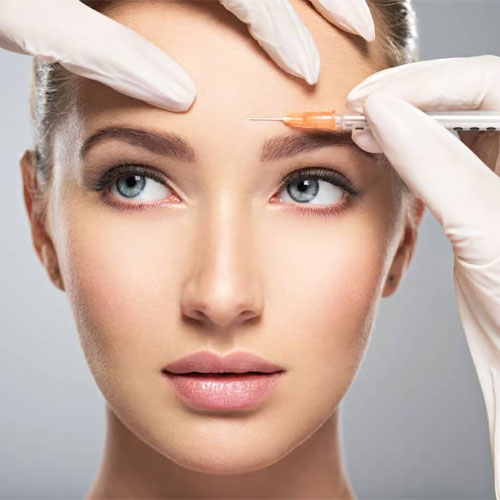
The most common type of filler is hyaluronic acid, a naturally occurring substance that helps keep the skin hydrated and plump. Other types of fillers may include calcium hydroxylapatite, poly-L-lactic acid, and polymethylmethacrylate (PMMA).
Fillers provide immediate results, and depending on the type used, effects can last from six months to two years. They are ideal for treating static wrinkles (wrinkles present even when the face is at rest), enhancing lip volume, and contouring the jawline and cheekbones.
Choosing the Right Option
Botox and fillers can be used individually or in combination to achieve a comprehensive anti-aging effect. While Botox targets wrinkles caused by muscle movement, fillers restore lost volume and reshape areas that need enhancement. Consulting with a trained professional is essential to determine which treatment, or combination of treatments, is best suited to individual aesthetic goals and facial structure.
Resources to Keep You Informed
with Our
Blog
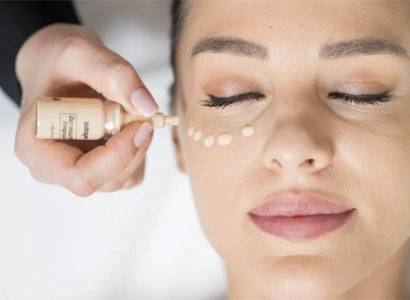
What is a BB glow treatment?
BBglow treatment is a minimally invasive and non-surgical procedure that uses a highly effective tinted pigment, applied by using a nano-needle or microneedle to penetrate the skin.
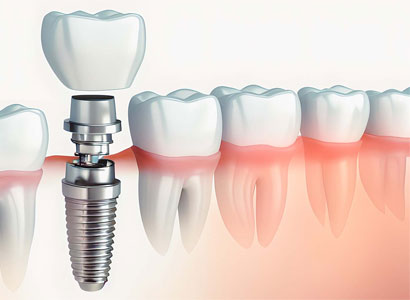
How long do dental implants last?
The average lifespan of a dental implant is anywhere from 10 -30 years. This means that most likely, depending on your age when you get an implant, it will last for the rest of your life.
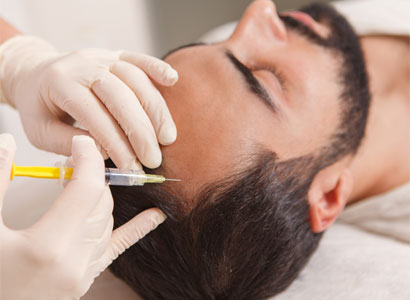
What is GFC treatment for skin?
GFC stands for Growth Factor Concentrate therapy. The Growth Factors are extracted from the patient's own blood and are used to stimulate the growth of new skin cells or hair follicles.
How it Helps You to
Keep
Healthy
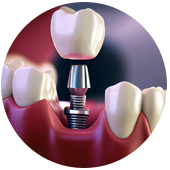
Get Appointment
+91 99536 87992
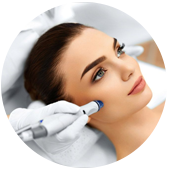
Start Check-Up
Begin Your Journey to Better Health Today: Start Your Check-Up!
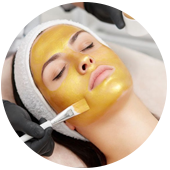
Enjoy Healthy Life
Embrace Wellness: Enjoy a Healthier Life!
